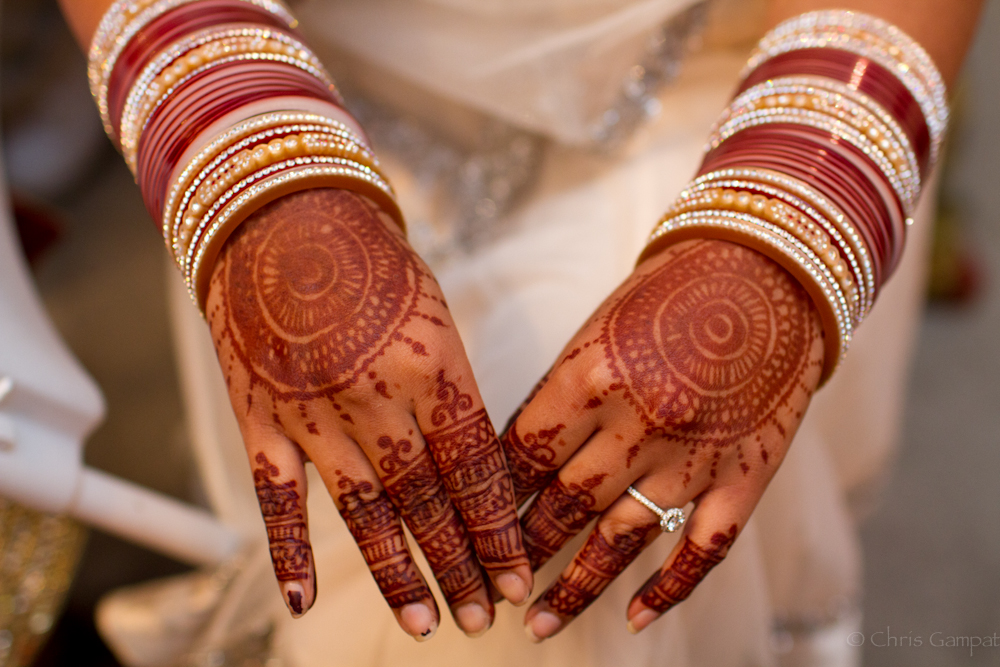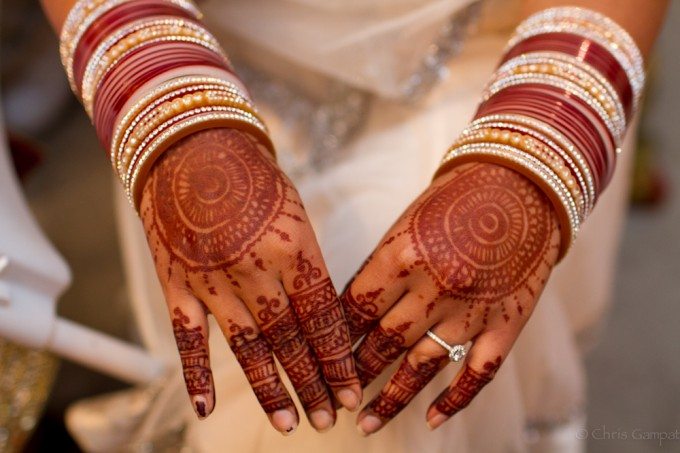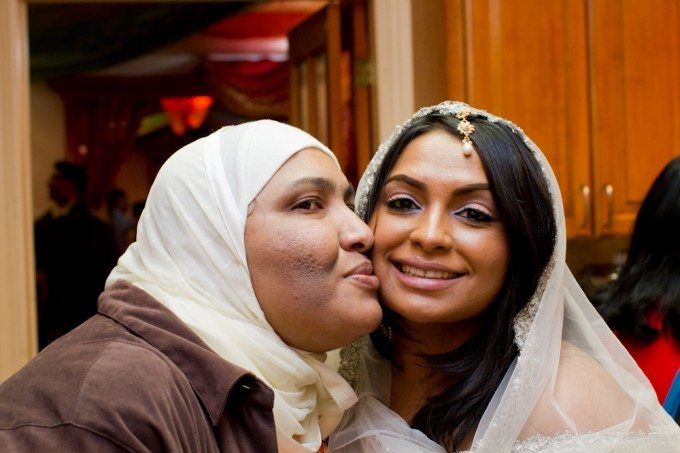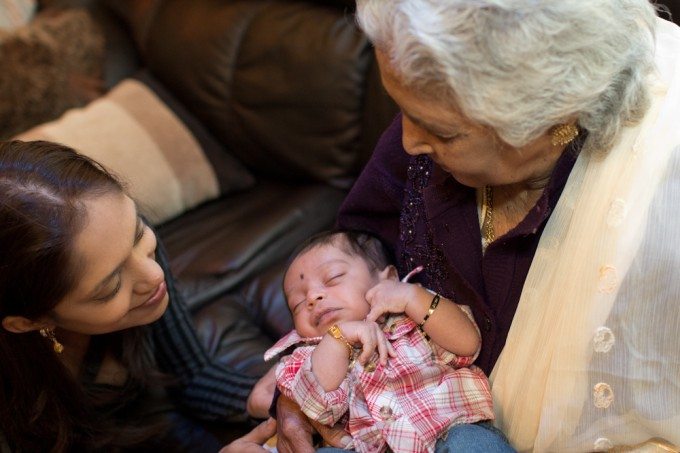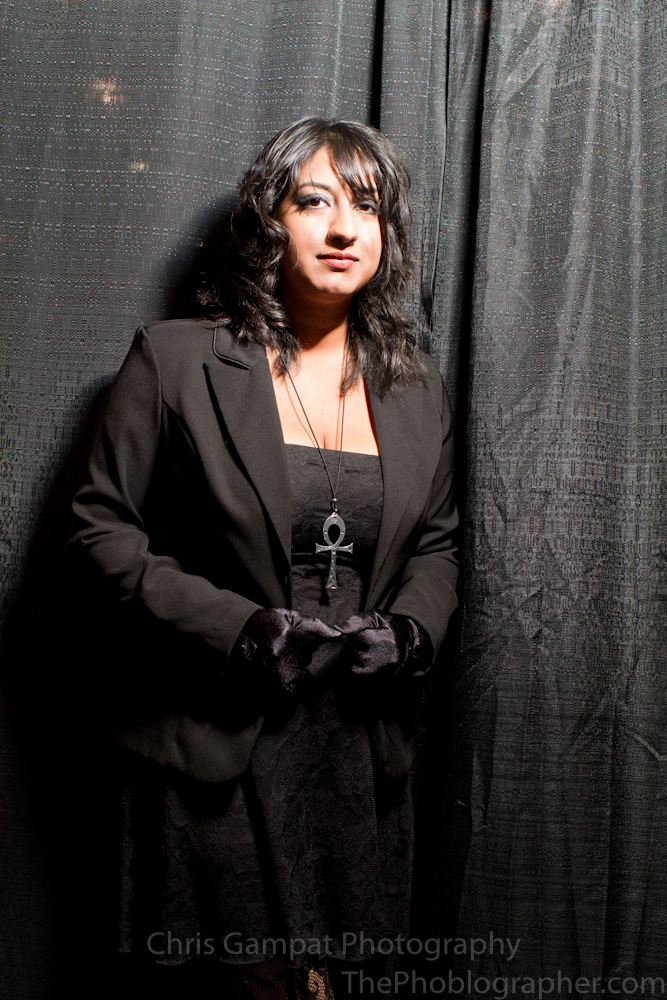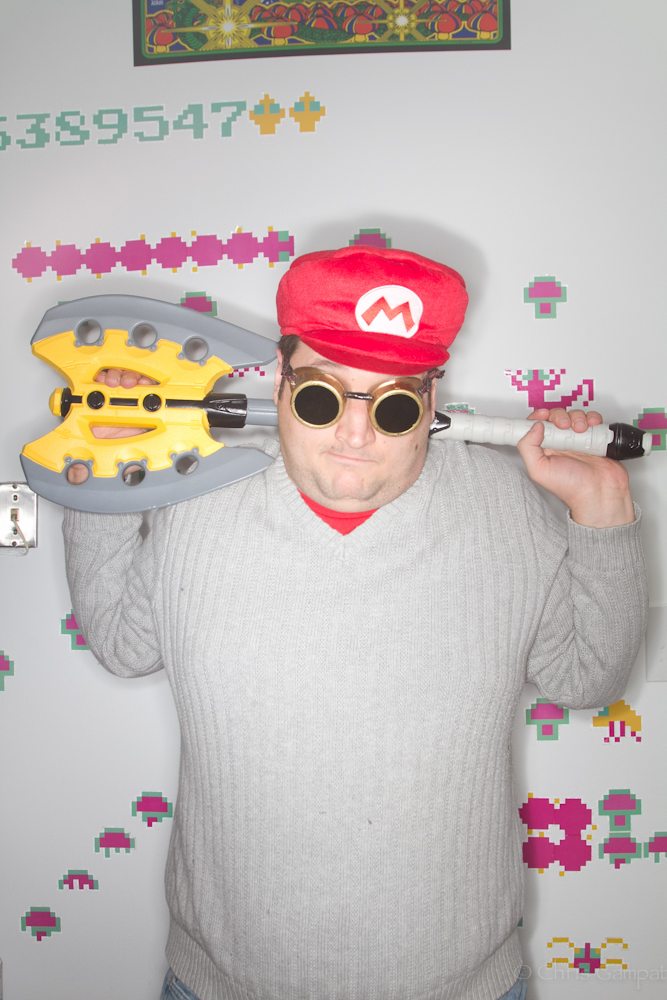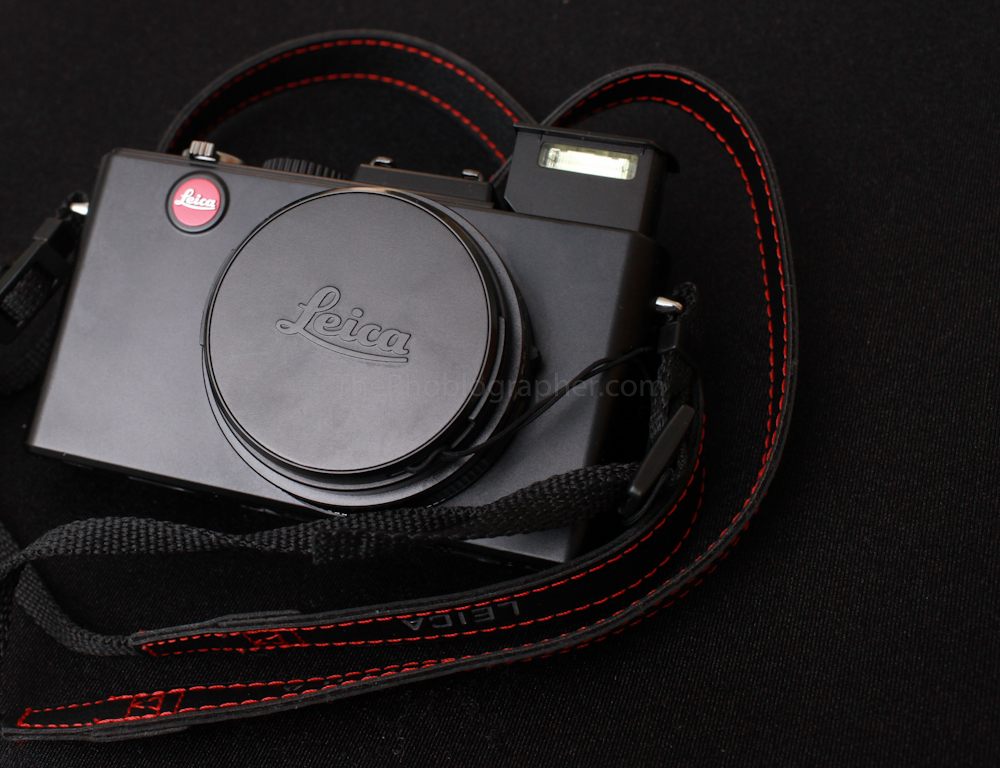Last Updated on 07/27/2011 by Chris Gampat
Faster lenses (i.e. those with a wider maximum aperture) are often the ones that will preserve the battery life of your flash. Keep this in mind when photographing events, weddings, portraits, photojournalism, or concerts. This is even more true for flash modifiers like the Orbis and Gary Fong Lightsphere that bend the shape of the flash output but lose light in the process. There are ways to get the most out of your flash output. Besides using it wirelessly to place the light anywhere you want, there are many factors that new photographers should keep in mind to be super-efficient with their flash output. Additionally, knowing that faster lenses can save you lots of trouble in the end is critical. Before you read this post, you may want to open up our recommended Canon lenses post in another tab. Also keep in mind that you don’t need to spend a fortune on these lenses.
There are a couple of things that need to be explained first in this article.
The Exposure Game Totally Changes
When you’re shooting with just your camera and lens in manual mode, the only things one often needs to worry about in terms of exposures is Aperture and Shutter speed (We explain this a bit more in our guide to photography terminology). As you probably know, the Aperture controls depth of field/light and the shutter speed controls light and movement stopping abilities.
In modern times, I believe that we should be throwing a third factor into the exposure category: ISO settings. Modern day ISO settings are so good that we can crank the setting up to almost nuclear levels and obtain usable shots even with a bit of post-processing. We saw this in the D7000 vs K5 face off and it was briefly talked about in our flagship battle. I’m going to be one of the first photo-bloggers to come out and say that if you’re sitting there complaining about High ISOs from modern DSLRs without a damned good reason, you need to reevaluate your standards and workflow processes.
Further, when you put a flash on, the game changes even more. Now you’ve got:
– Shutter Speed
– Aperture
– ISOs
– Flash Output
This means that you now have four different factors that you can manipulate when photographing at a major gig. It can become complicated if you don’t know what you’re doing. However, using Flash Modifiers to also help bend the flash output into an exact shape that you want can be of great help. The image above was shot with the Canon 60D, a 580 EX II, 35mm F/1.4 and a Gary Fong Lightsphere Collapsible.
F-stops Can Control Your Flash Output
I often shoot in E-TTL mode with my Canon cameras and flashes (in the studio I’ll use manual flash mode). The reason for this is because it is often quicker for me to make decisions this way and continue shooting the rest of an event. Because everyone and their mother will complain about the way that an E-TTL system works, I am most of the time telling the flash to overcompensate by anywhere from two to three stops of light. Couple this with the fact that I’m a whore for flash modifiers and you’ll understand why I do this even more.
Now when I’m shooting with something like a Gary Fong Collapsible off to camera left:

– The particular F-stop I am shooting at will determine the flash output and how the image looks in terms of light balance, what areas of the image are blown out, the shadows, etc.
– The shutter speed will control the ambient light in the image. The slower the shutter speed, the more ambient light will leak in and vice versa. Why is this important? Depending on how well balanced the ambient light is with the flash, it makes the flash output look more subtle rather thank making the image look like there actually was a flash used to capture the image.
Here is an image where the flash purposely wasn’t balanced with the ambient lighting. If this image were balanced, then it would have just provided some nice fill light on Tara’s face. Instead, it is blowing her out (but it makes for a great effect for the specific image.) You can see more effects of this here and read more about how this works with high-speed flash sync here.
Faster Lenses Allow More Versatility When Shooting
Because your F-stop lets you control the flash output that means that the faster your lens is, the more versatile both the lens and the flash output can be. The larger your F-stop (F/1.4) the less flash output is actually needed from the flash at times in E-TTL mode. The smaller the maximum aperture, the more flash output is needed.
Faster Lenses Will Mean that Your Flash Works Less Hard
Keep in mind that this statement has to do with working at events, weddings, and the like where you are often going to use E-TTL settings to nail the photos faster. The wider your F-stop is, the more flash output will leak into the photo. To balance this out, drop your ISOs down, shoot at a shutter speed you feel you need in order to capture the image sharply, and set the exposure compensation accordingly depending on your flash modifier.
Here is what this looks like in practice. Note that I’m using manual flash in these photos. This test was done with an Olympus EPL-2 inside of my make-shift studio with a Strobros Beauty Dish hooked up to a 580 EX II with it set to 1/1 Manual flash output. Watch what happens as the F-stop changes:

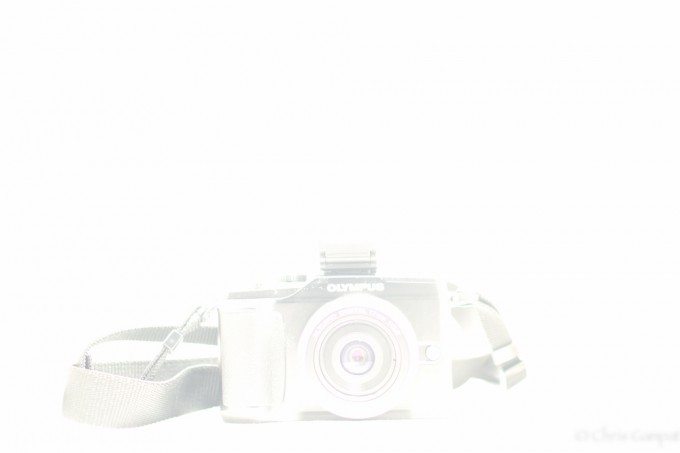
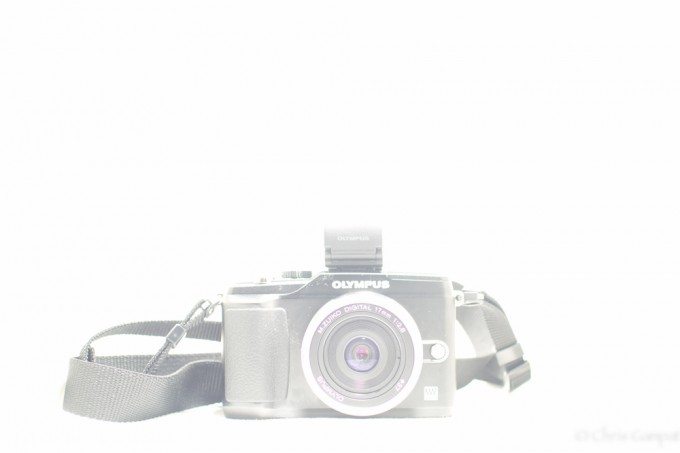
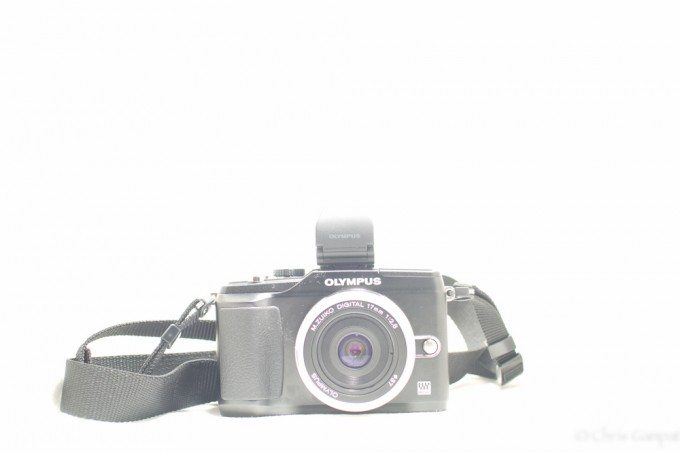
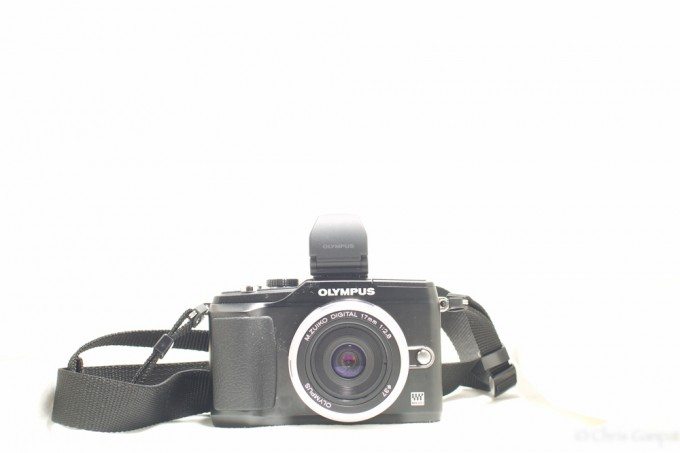
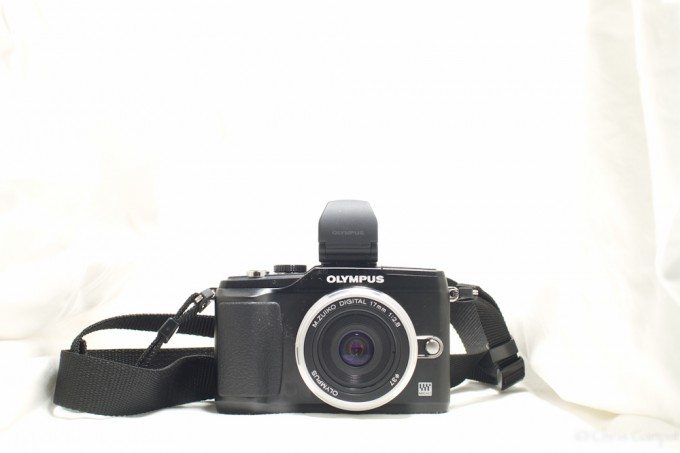
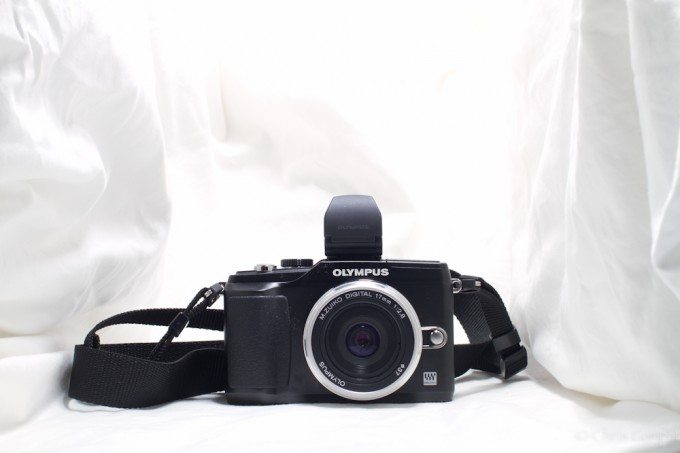
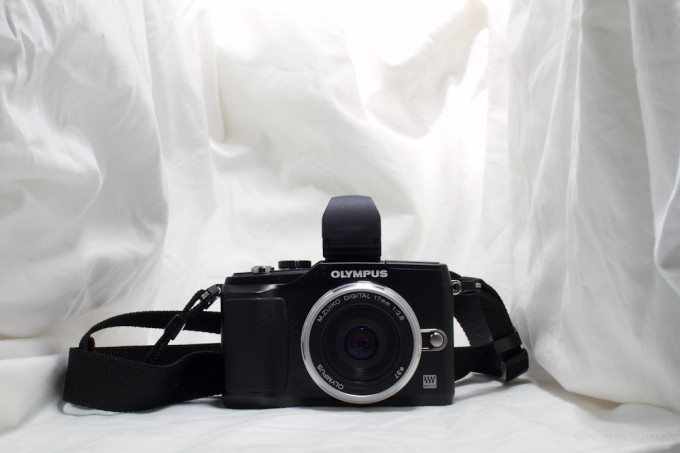
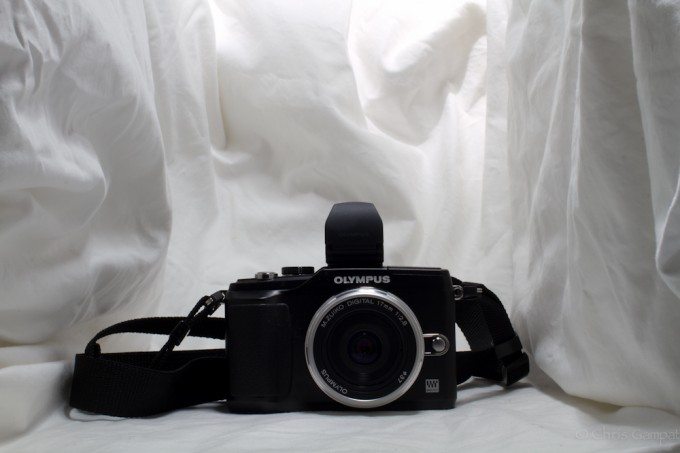
As you can see, the flash output was controlled more and more as the F-stop became smaller. So what would happen if I were to lower the shutter speed a bit but kept the other settings all the same? Would more ambient light come in?

I don’t see a significant difference here.

Even when lowering the shutter speed to 1/60th, I don’t see a significant difference.
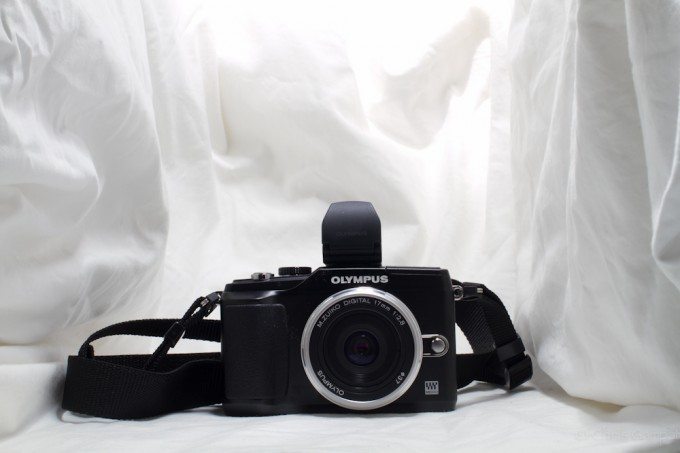
Just for good measure, there isn’t a significant difference if the aperture is set to F/1.6 either. But what about the ISO setting? What if we raised it?
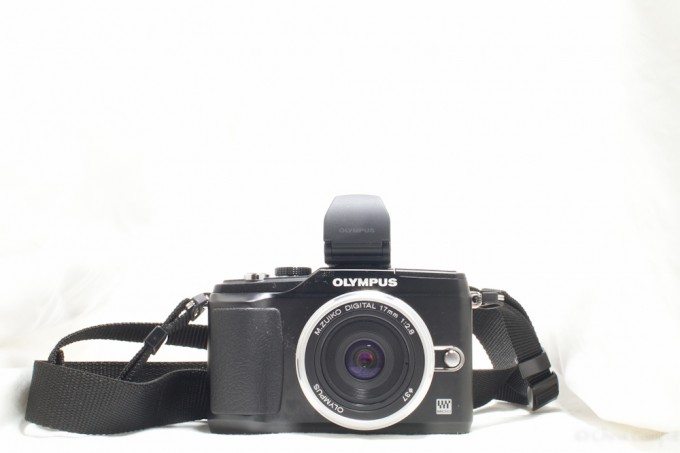
Now we start to see something!
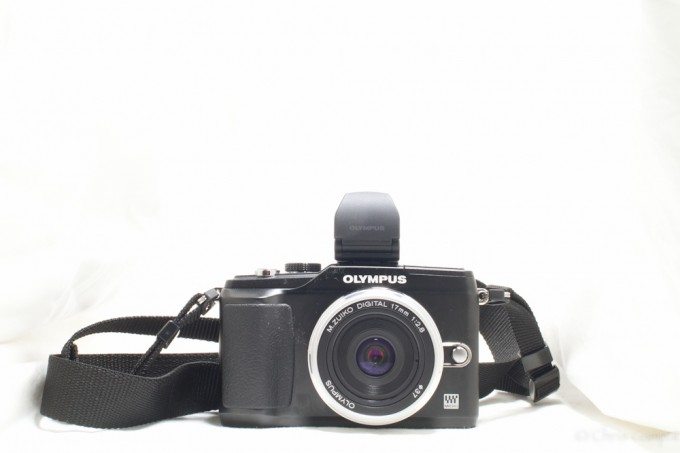
Then raise the shutter speed back up to 1/250th!
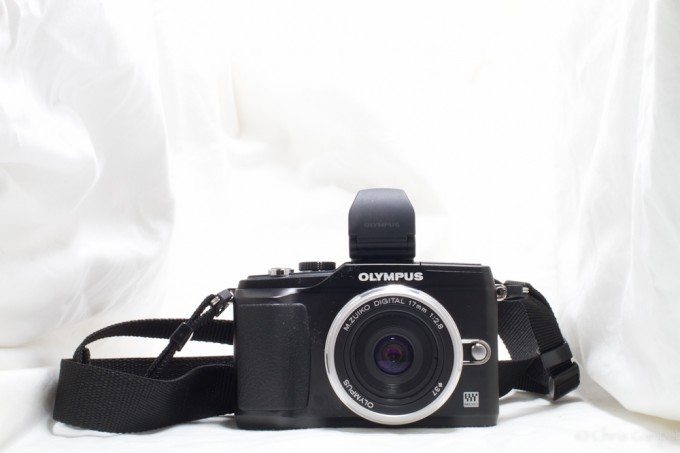
And finally to 1/250th at ISO 400! Pretty crazy, huh?
Keep in mind though, that this test at the end was just to show you how your Apertures affect your flash output. Once again, in a real life event, you may not be shooting at a 1/1 ratio and you will instead mostly be manipulating the apertures and ISOs at an event while keeping the shutter speed at a constant value. At least, this is how I’ve done it at events like weddings, newborn birthday parties, gatherings, etc. The faster your aperture value, the less your flash will have to output in TTL mode. Do also keep in mind though that the laws of physics are also in play with the way you use the Flash Modifiers and how you bounce the light.
Questions? Comments? Let us hear them!
Please Support The Phoblographer
We love to bring you guys the latest and greatest news and gear related stuff. However, we can’t keep doing that unless we have your continued support. If you would like to purchase any of the items mentioned, please do so by clicking our links first and then purchasing the items as we then get a small portion of the sale to help run the website.


